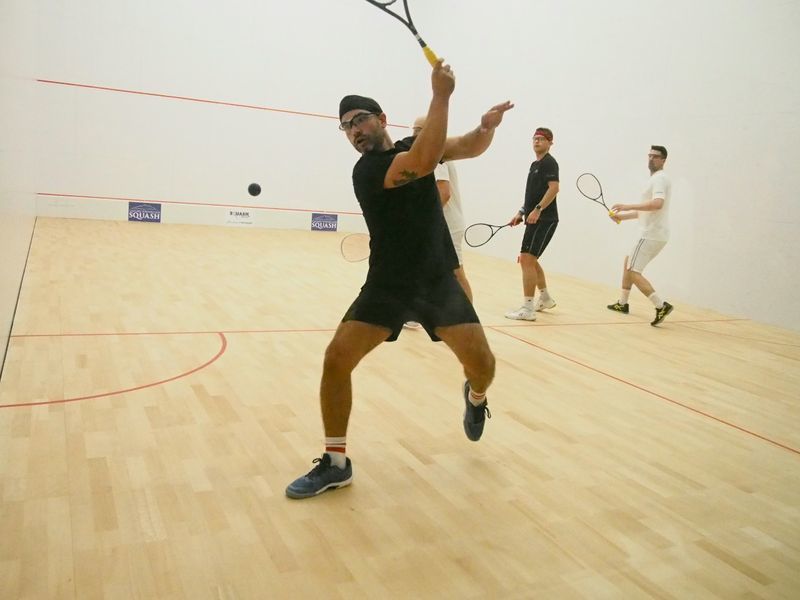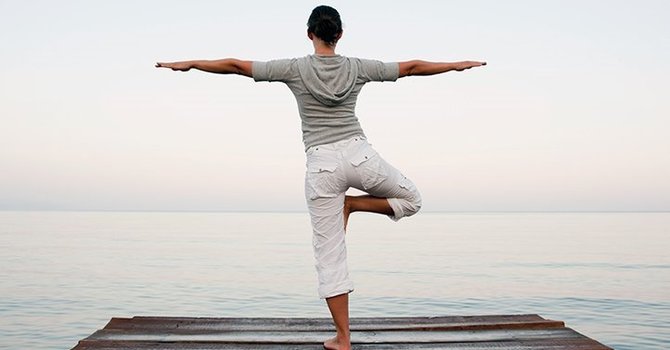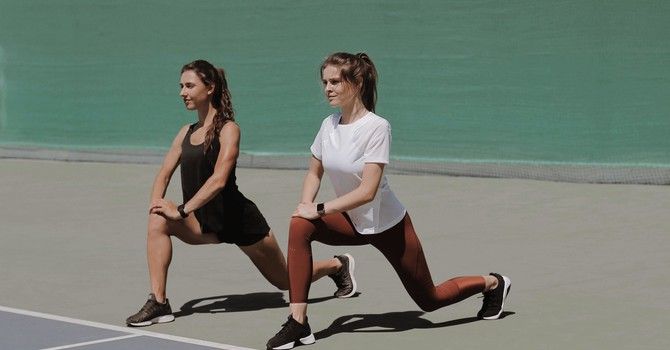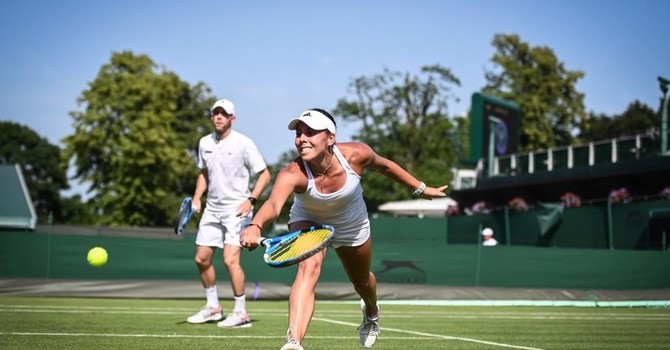
Balance Training for Athletes:
Balance isn’t just about reducing risk of falls when you are older, it’s crucial for both preventing injuries and improving athletic performance. Whether you're a competitive athlete or someone who enjoys staying active, improving your balance can help you stay injury-free and move more efficiently.
The Link Between Balance and Injury Prevention
Balance training enhances proprioception, the ability to sense your body’s position in space. This skill is vital for preventing injuries, especially in sports where sudden movements or uneven surfaces are common. Research consistently supports that proprioceptive training reduces the risk of lower body injuries. For example, a study by McHugh and Cosgrave (2010) found that strengthening balance and proprioception can significantly reduce the incidence of ankle sprains and other joint injuries.
In fact, proprioceptive training is widely recognized for its role in preventing knee injuries like ACL tears. A 2020 meta-analysis by Krosshaug et al. confirmed that neuromuscular training, which often includes balance exercises, is highly effective in reducing ACL injury risk, particularly in athletes who are at higher risk, such as women and young athletes (Krosshaug et al., 2020). This type of training helps the body respond more quickly to instability, thereby preventing missteps that could lead to injury.
Balance’s Role in Athletic Performance
Improved balance doesn’t just protect you from injury—it also enhances athletic performance. Athletes with better balance can control their movements more efficiently, making them more agile, faster, and less prone to injury. Recent research highlights the positive impact of balance training on sports performance. For instance, Gamble and Connelly (2020) reviewed multiple studies and found that balance training improves performance in sports requiring agility, jumping, and quick changes in direction. They found that balance training enhances coordination and reaction time, which are critical for optimal performance. This is particularly beneficial for athletes who participate in sports like basketball, soccer, and tennis.
Balance exercises improve dynamic stability, which directly translates to better movement efficiency. With improved balance, athletes can perform more controlled and effective movements, such as landing after a jump or changing direction quickly. As noted by Petersen and Bender (2020), incorporating balance training into youth sports programs helps young athletes avoid common injuries while enhancing their performance.
Incorporating Balance Exercises into Your Routine
You don’t have to be a professional athlete to benefit from balance training. Here are a few simple exercises to improve your balance:
-Single-Leg Stands: Stand on one leg for 30 seconds to 1 minute. For a greater challenge, close your eyes or use an unstable surface like a foam pad.
-Balance Boards or BOSU Balls: These tools provide an unstable surface that challenges your balance. Start by standing on them, then progress to dynamic movements like squats or lunges.
-Jumping and Landing Drills: Practice controlled landings to improve knee stability and reduce the risk of ACL injuries. Focus on soft landings with your knees aligned with your toes.
-Dynamic Movements: Add balance challenges to your exercises by using an unstable surface or consider closing your eyes while performing squats or lunges. This strengthens your stabilizing muscles and improves overall balance.
Conclusion
Balance training is a powerful tool for reducing injury risk and improving athletic performance. By enhancing proprioception and neuromuscular control, balance exercises help you move more efficiently and avoid injury. Whether you're recovering from an injury or just looking to improve your athletic capabilities, incorporating balance into your routine is a smart choice. If you’d like personalized guidance or help with designing a balance training program, our physical therapy team is here to assist you in achieving your goals safely and effectively!
References:
- McHugh, M. P., & Cosgrave, C. H. (2010). To Prevent Injury, Strengthen Your Balance. *British Journal of Sports Medicine*, 44(11), 853-859. - Bolgla, L. A., & Uhl, T. L. (2014). The Role of Proprioception in Preventing Lower Extremity Injuries. *Journal of Sport Rehabilitation*, 23(1), 1-9.
- Gamble, P., & Connelly, D. M. (2020). The Impact of Balance Training on Sports Performance: A Systematic Review. *Journal of Strength and Conditioning Research*, 34(10), 2853-2866.
- Petersen, J., & Bender, A. (2020). Effects of Balance Training on Performance and Injury Prevention in Youth Athletes: A Review. *Journal of Athletic Training*, 55(6), 586-594.
- Krosshaug, T., et al. (2020). Effectiveness of Neuromuscular Training for Preventing ACL Injuries: A Systematic Review and Meta-Analysis. *Sports Medicine*, 50(7), 1073-1087.
- Jones, L. W., & Mohr, M. (2019). Balance Training and Injury Prevention: The Role of Proprioception and Neuromuscular Control in Sports. *European Journal of Sport Science*, 19(4), 537-546.
- Grooms, D. R., & Page, S. J. (2017). The Role of Balance and Proprioception in Post-Surgery Rehabilitation: Preventing Re-injury after ACL Reconstruction. *Journal of Orthopaedic & Sports Physical Therapy*, 47(5), 379-386.
- Cushion, E. M., et al. (2018). Proprioceptive Rehabilitation for Athletes: Evidence for Effective Methods. *Physical Therapy in Sport*, 35(2), 49-56.

Keely Behning
Contact Me




